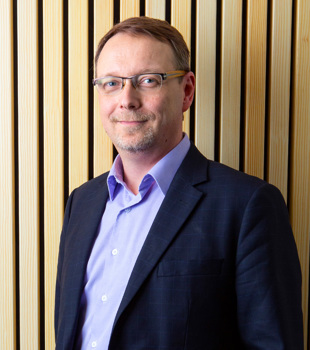“Bloody fools,” he shouted and then he rang off.
A while ago, I received a rather unpleasant phone call from someone with very strong views on the Swedish forest industry. The person asserted, amongst other things, that sawmills are committing violent acts against the nation’s forest raw material. When, in the same breath, he discredited all politicians, media, companies and researchers, I realised that the chances of a reasoned discussion were non-existent. I felt myself being rapidly and unwillingly drawn into the quagmire of social media commentators who actually have no interest in a fact-based exchange of views.
The conversation was not nice, but it did get me thinking about the question at the heart of this: How much knowledge is there about how we work with the forest raw material that comes in to our Swedish sawmills?
The sawmill industry in Sweden is incredibly diverse, with everything from small family sawmills to the major plants of our listed companies. Small sawmills specialise in specific product segments and more complex products. The larger sawmills, like every other industry, have to maintain a strict emphasis on productivity if they are to have any chance of competing in the global market.
The focus on timber yields is high. In the future we want to be able to build more from the same number of trees. But value optimisation is at least as important. Each plank has unique properties and they should be used where they are most useful and generate most value. New technology has brought significant advances in value optimisation over the past few years.
Let me give a concrete example of how we are combining old timber know-how with modern tech: It is well-known that pine heartwood has high natural durability. Today, we can use x-ray technology to select logs with a large proportion of heartwood and supply the products from those logs to customers that need them, such as the window industry. In other contexts, we pick out logs that we know will yield high-strength timber for delivery to the glulam industry.
And x-ray technology is going to see further developments in the future. At a new research centre in Skellefteå, the most modern x-ray technology in the health sector is going to be applied to the logs that enter our sawmills. Our goal is to ensure that every log is put to the best possible use – from the perspective of both volume and value. The right log – for the right application – with the highest value!
It’s good for the climate, society, the economy, the export industry, prosperity and well-being...
Only a fool would argue with that!

